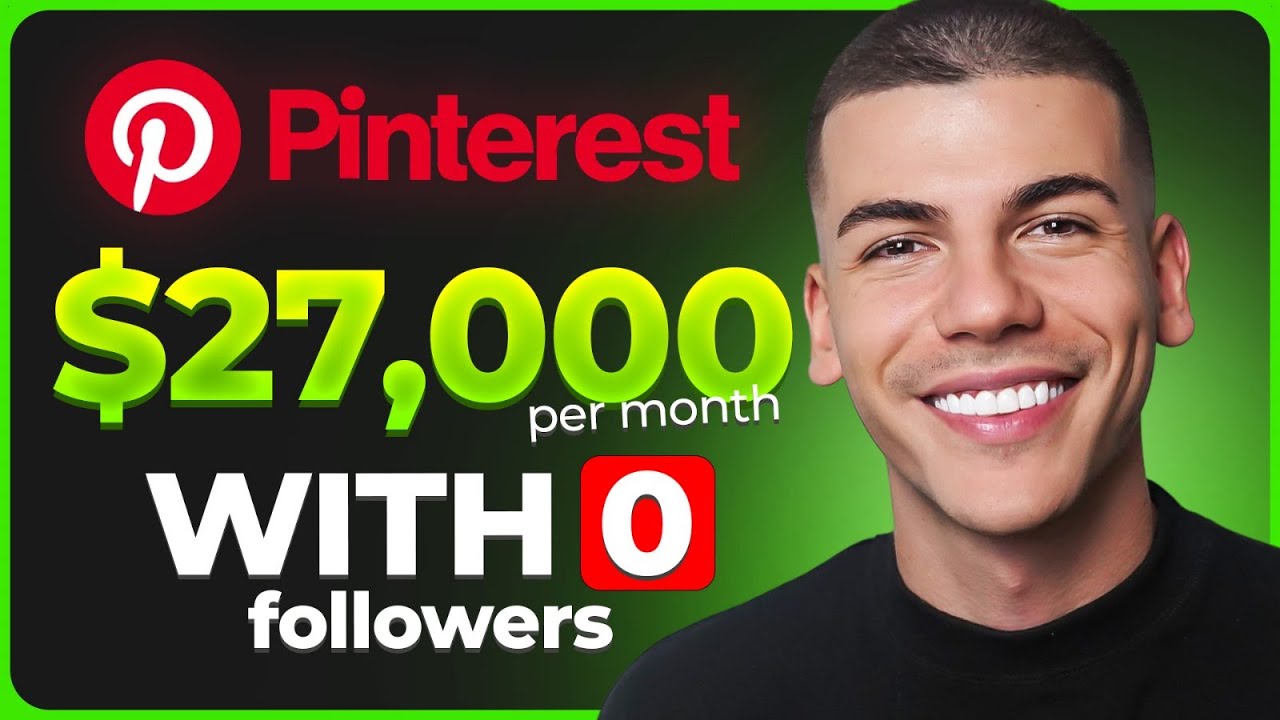By Dave Nick • 5 min read • Generated with DocsBot
Pinterest Affiliate Marketing In the digital landscape, Pinterest has emerged as a powerful platform for affiliate marketing, offering vast opportunities for beginners to earn commissions without the need for a large following. Many newcomers are hesitant to dive into this lucrative field, unsure of how to get started or whether they can compete against established accounts. This guide will break down the essential steps you need to take to harness Pinterest for affiliate marketing successfully.
Understanding Pinterest for Affiliate Marketing
Pinterest functions as a visual search engine where users discover ideas and products. Unlike traditional social media platforms, the focus here is on content that inspires action—such as clicks, sign-ups, and purchases. Therefore, the potential for driving traffic to your affiliate links is significant.
Why Choose Pinterest?
- Visual Appeal: Users seek captivating images, making it an ideal platform for visually-driven products.
- Long-Term Traffic: Pins can continue attracting views long after they’ve been posted, providing an ongoing source of traffic.
- Crossover Potential: Pinterest users are often in a buying mindset, making them prime candidates for affiliate marketing.
Finding Your Niche
Before jumping into Pinterest affiliate marketing, identifying the right niche is crucial. This will guide your content strategy and help attract a targeted audience. Here are steps to effectively find your niche:
1. Utilize Pinterest Trends
Research trending keywords related to your interests through Pinterest Trends, which provides insights into what is currently popular. For example, if you type in “gardening,” you can assess its popularity and compare it to other keywords.
2. Diverse Keyword Exploration
If gardening isn’t trending, try other related interests like “home decor”. You might find significant engagement with keywords like “home inspiration.” Narrowing down your niche will help streamline your content creation efforts and engage a dedicated audience.
Set Up Your Pinterest Account
A well-structured Pinterest account is essential for effectively promoting your affiliate links. Here’s how to set it up:
1. Create a Captivating Profile
- Profile Picture: Use a logo that resonates with your niche. Free tools like Canva can help you design one.
- Banner: Your Pinterest account requires a banner representing your brand. Customize one using Canva for visual appeal.
- Username and Bio: Choose a username and bio that include relevant keywords (e.g. “Dave’s Designs – Home Decor & Inspiration”) to help with SEO.
2. Consistency is Key
Choose a specific niche and avoid stretching yourself too thin across multiple topics, ensuring your content remains focused.
Creating Engaging Content
Now that your account is set up, it’s time to create engaging content. Here are the steps:
1. Find Viral Pins for Inspiration
Use platforms like Instagram and TikTok to find viral pins within your niche. For example, if you’re promoting home decor, find popular posts and take note of high-engagement content.
2. Create High-Quality Pins
To create your pins:
- Install free tools like {SaveInsta} to download images from other platforms without watermarks.
- Edit and customize these images to fit your branding.
- Utilize Canva’s templates to design visually appealing pins.
3. Add Descriptive Titles and Tags
When uploading your pin, include catchy titles and relevant descriptions. Using a platform like ChatGPT can help generate compelling descriptions. Remember to credit the original creator if you’re reposting others’ images.
Monetizing with Affiliate Links
Once your pins start gathering traction, it’s time to set up monetization through affiliate links. Here’s how:
1. Utilize Affiliate Programs
Join affiliate programs such as Amazon Associates to earn commissions on referred sales. When promoting products, ensure links lead to your affiliate stores. or Find programs using TapRefer.com
2. Create Product Kits
A unique approach for beginners is creating product kits using platforms like Kit. This way, you can compile various products recommended in your niche without owning them. To create your kit:
- Search for relevant products and add them to your kit.
- Share the link to your kit on your Pinterest account, making it easy for followers to explore and purchase items.
3. Increase Engagement Through Boards
Consider creating themed boards, allowing you to categorize your pins (like “Cozy Home Decor”). This increases visibility as users can find tailored content easily, leading to higher conversion rates.
Tracking Progress and Optimizing
As you begin, it’s essential to monitor your pins’ performance:
- Analyze which pins gain more engagement and adjust your strategy accordingly.
- Keep experimenting with different keywords and styles to see what resonates best with your audience.
Conclusion
Pinterest affiliate marketing offers an unparalleled opportunity for beginners to earn commissions by leveraging visual content. By understanding your niche, correctly setting up your account, creating engaging content, and monetizing your efforts, you can build a successful Pinterest marketing strategy.
The beauty of this platform is that you can start from scratch without needing extensive resources or a following.
So, dive into Pinterest today, start pinning, and watch your affiliate income grow! Find programs using TapRefer.com
If you’re ready to take your affiliate marketing journey to the next level, don’t hesitate to start your Pinterest account and apply these strategies.





![How to Find Affiliate Marketers : Top 10 Methods [+ 1 to Avoid]](https://taprefer.com/storage/2024/09/How-to-Find-Affiliate-Marketers_-Top-10-Methods-1-to-Avoid-TapRefer-blog-1-1024x640.jpg)

